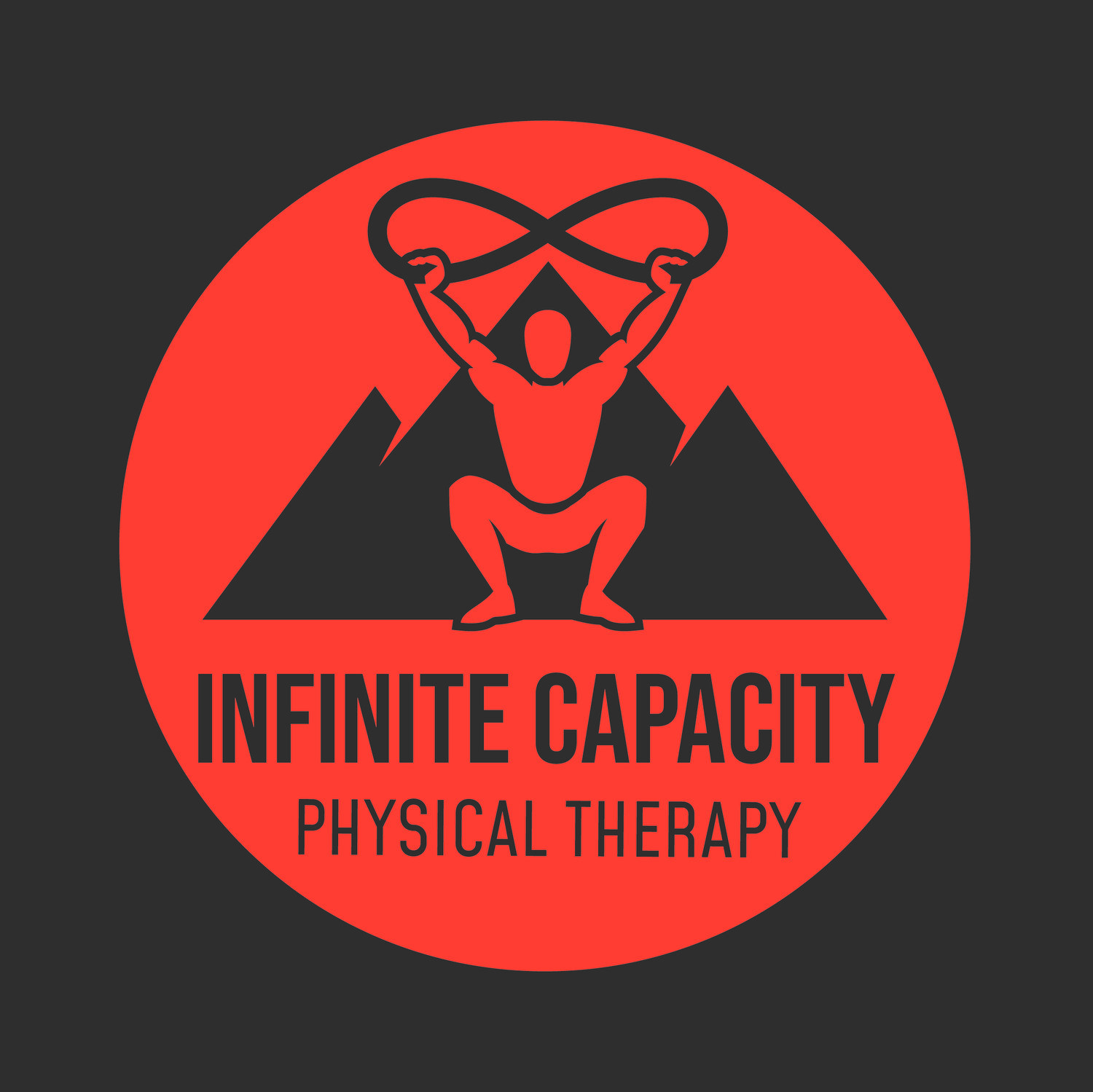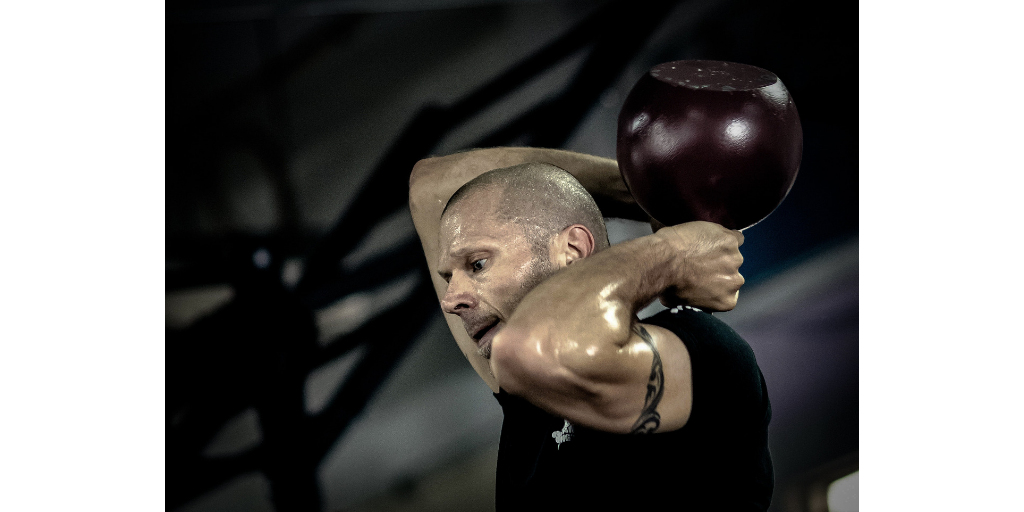Load Monitoring Part 1
Run to Be Fit vs. Be Fit to Run… This is an argument I have heard and read a lot about over the past couple of years. The “Run to Be Fit” argument, due to the fact that running can be a great form of exercise: improving physical fitness, mental energy, psychological factors, and the list goes on. One of the best things about running is how extremely accessible it is. Anyone with a pair of shoes (some even choose to not wear shoes) and a road, path, or trail is able to participate in this form of exercise. The ease of starting a running program is also the basis for the opposite argument of “Be Fit to Run”.
The “Be Fit to Run” argument is due to a high injury rate seen in novice runners. One study stating that “not having previous running experience is the strongest risk factor for running related injuries.”(1) The idea is that individuals not used to exercising do not have the prerequisite strength required to start a running program safely. Let’s consider the popular “Couch to 5K” programs which are readily available online. Some of these programs are based on distance to run, some are based on time to run, and some have strengthening components while others don’t. The thing none of these programs consider is how someone feels or how hard they are working during the training. I believe that THIS is where most beginning runners, experienced runners, and any athlete can improve, in order to prevent training errors and running-related overuse injuries.
The measuring of how hard someone trains, the time they were training, and their body’s response to that training is known as training “load monitoring”. Over the next three parts to this blog series, I will discuss why load monitoring is important, how it can be used by anyone exercising/training from novice and elite runners to CrossFit athletes, and different methods of monitoring training loads.
References
(1) Kluitenberg, B., et al., The NLstart2run study: Incidence and risk factors of running-related injuries in novice runners. Scand J Med Sci Sports, 2015; 25: e515-e523.


